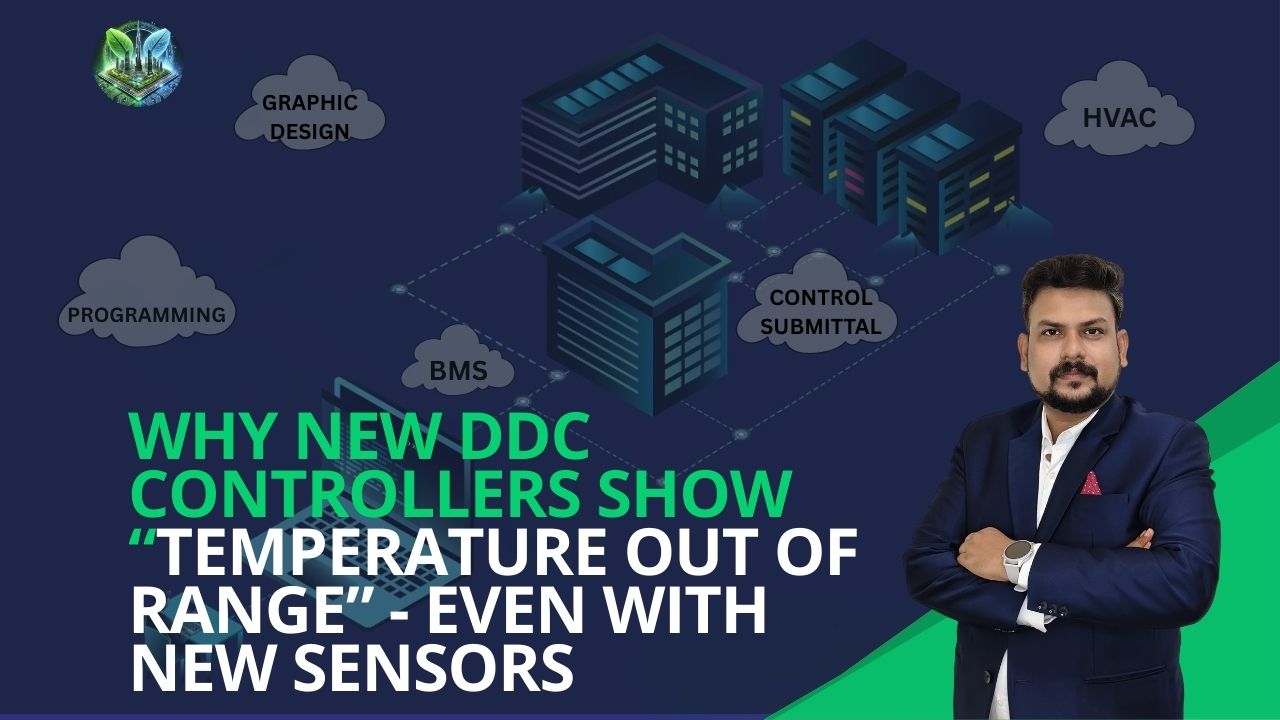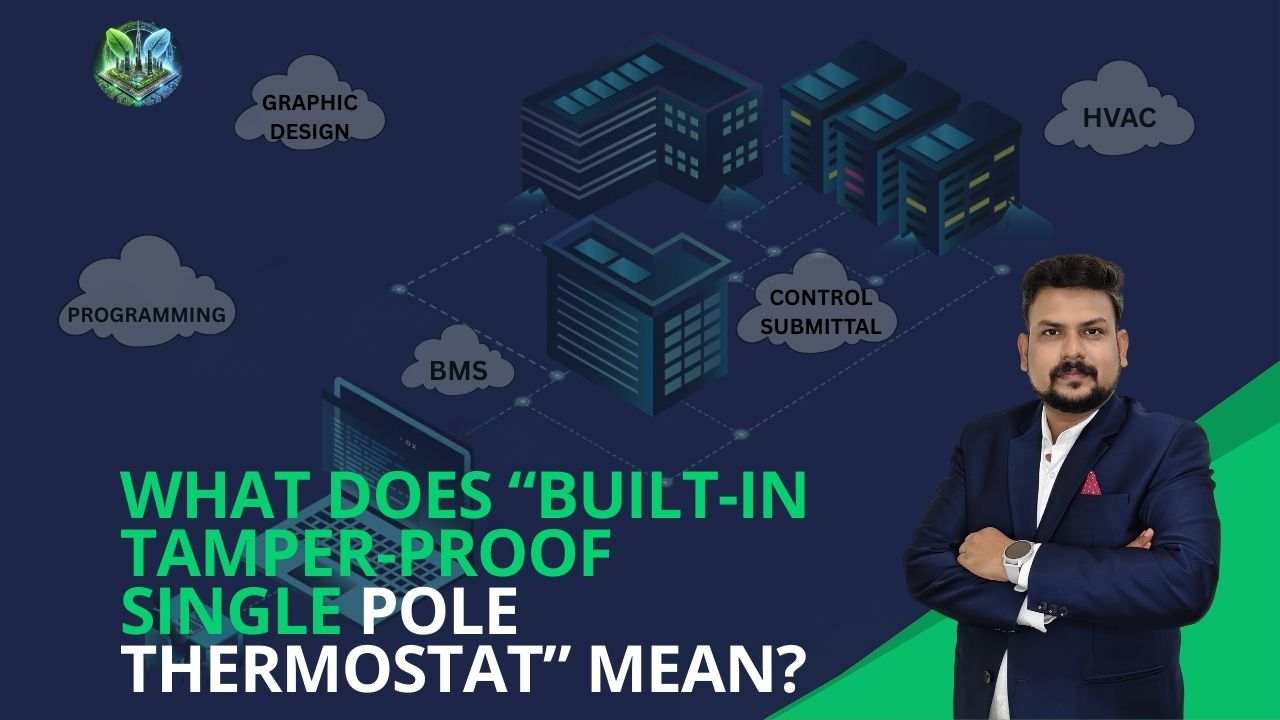.png)
ECM vs. VFD: Who Gets the 0-10V Signal?
Both ECM (Electronically Commutated Motors) and VFDs (Variable Frequency Drives) can receive 0-10V DC analog signals from BMS/DDC controllers, but they interpret and respond to these signals differently.
Key Differences:
ECM Motors
-
Typically used in smaller systems like FCUs, AHUs, and RTUs
-
Accept a 0-10V input signal to directly control motor speed
-
Integrated motor and controller unit
-
Easier to install but with limited feedback and control features
VFDs
-
Used for larger motors and complex systems
-
Accept multiple input types: 0-10V DC, 4-20mA, Modbus, BACnet
-
Offer advanced features: speed ramping, fault diagnostics, torque control
-
Can be paired with any standard induction motor
Takeaway:
For small, space-efficient applications, an ECM with 0-10V control might suffice. For advanced control, richer integration, and scalable feedback, a VFD with 0-10V or protocol-based control is the smarter choice.

.jpg)
.jpg)


.jpg)


.jpg)
.jpg)
.jpg)
.jpg)
.jpg)
.jpg)
.jpg)
.jpg)
.jpg)
.jpg)
.jpg)
.jpg)
.jpg)
.jpg)
.jpg)
.jpg)
.jpg)
.jpg)
.jpg)
.jpg)
.jpg)
.jpg)

.jpg)
.jpg)
.jpg)
.jpg)

.jpg)
.jpg)
.png)
.png)


.png)

.png)
.png)
.png)
.png)
.png)
.png)
.png)
.png)
.png)
.png)
.png)
.png)
.png)
.png)
.png)
.png)
.png)
.png)
.png)
.png)
.jpg)
.png)
